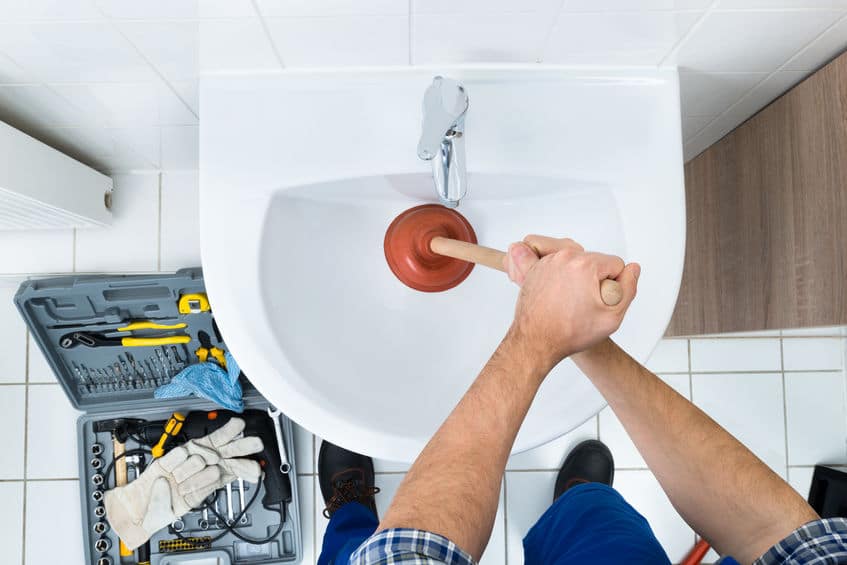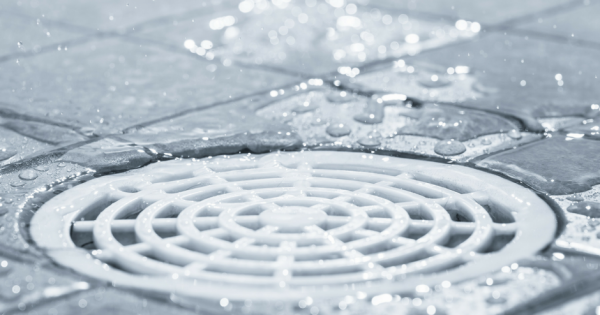Tips for Dealing with a Blocked Drain Prior to Contacting Experts
Tips for Dealing with a Blocked Drain Prior to Contacting Experts
Blog Article
They are making a few great points on the subject of How to handle a clogged drain in your home overall in this great article down the page.

Intro
Dealing with an obstructed drain can be an aggravating experience, interrupting day-to-day tasks and potentially creating damage to your residential property. Nevertheless, before connecting to plumbing specialists, there are actions you can take to address the problem on your own. In this guide, we'll discover DIY solutions and preventive measures to tackle an obstructed drainpipe efficiently.
Determining the Problem
The first step in dealing with a blocked drainpipe is identifying the signs. Sluggish drainage, gurgling audios, foul odors rising from drains, or water support up are common signs of an obstructed drain. Identifying these signs early can assist prevent further difficulties.
Usual Causes of Blocked Drainpipes
Comprehending the factors that add to drain pipes blockages is necessary for effective resolution. Typical perpetrators include hair, soap residue, oil, food particles, and foreign objects like sanitary items or paper towels. Tree origins invading below ground pipes can also create considerable obstructions.
Do it yourself Solutions
For minor clogs, a number of DIY services can be reliable. Putting boiling water down the drainpipe can assist dissolve grease and debris. Sodium bicarbonate and vinegar or a mix of salt and baking soda can act as all-natural cleaners. Utilizing a plunger or plumbing serpent to displace obstructions is another choice.
Tools and Equipment
Having the right tools handy can make DIY drain cleaning more effective. A plunger is a functional device for getting rid of clogs in sinks, toilets, and showers. A pipes snake or auger can get to deeper obstructions, while drainpipe cleaning chemicals can be utilized carefully for stubborn obstructions.
Preventive Measures
To avoid future blockages, taking on preventive measures is crucial. Mount drain guards or strainers to capture hair and particles prior to they get in the pipes. Routinely flush drains with warm water to liquify grease buildup, and avoid dealing with oil or solid waste down the drain.
When to Call an Expert
While do it yourself remedies can deal with small blockages, particular signs suggest the requirement for specialist support. Persistent obstructions, foul odors despite cleaning efforts, or several drains backing up all at once are warnings that require skilled intervention.
Selecting the Right Pipes Solution
When picking a plumbing solution, take into consideration variables such as experience, licensing, and client evaluations. Select a trusted plumber with a performance history of top quality craftsmanship and transparent prices practices.
Cost Considerations
The expense of expert drain cleaning company can differ relying on the seriousness of the obstruction and the plumbing professional's prices. Demand quotes from several providers and ask about any kind of additional charges to guarantee openness and prevent surprises.
Safety and security Precautions
When trying DIY drainpipe cleaning, prioritize safety. Put on protective gloves and glasses to prevent contact with damaging chemicals or bacteria. Never mix different drainpipe cleansing items, as this can produce harmful fumes.
Case Studies
Real-life examples show the efficiency of do it yourself services and the importance of prompt expert intervention in solving drainpipe clogs.
Verdict
By adhering to the tips outlined in this overview, you can properly deal with obstructed drains pipes and stop future plumbing problems. Whether going with DIY services or looking for expert support, punctual activity is crucial to maintaining a healthy plumbing system and maintaining the integrity of your home.
How to Clear a Clogged Drain Yourself (And When to Call In the Professionals)
What Can Clog a Drain
Dirt Skin flakes Hair Grease Soap scum Food Offset pipes Tree roots Small objects Mineral buildup DIY Tricks to Unclog a Drain
You can fix this! Once you have identified the source of the clog (or have a vague idea), you can try one or a combination of these fixes in order to clear your plumbing.
Wire Hanger or Snake
Untangle and clear out hair from a drainpipe with a homemade snake. Use a straightened-out wire hanger with a 90-degree angle hook to locate the clog and drag out any unwanted material.
Remember not to push the clog further down to where the wire hanger cannot reach! If you need to follow up with a plunger, give it a try. Your efforts might be more successful after it’s been wire-snaked.
If you want to get fancy and don’t have a wire hanger to spare, head to the store and pick up a hand-operated drain snake. You can get one for $10-$30. It may save you the hassle, and provide additional length to reach deep into the clogged pipe.
Plunger
A cup plunger has a suction cup attached to a wooden handle. The rubber creates a seal around the drain, and increases the pressure force of the plunger.
Plunge for 30-second increments to loosen the clog. This may need to be repeated over the course of 15-20 minutes. Once plunged, run the water to flush the remaining material out of the drain.
Remember– never use a plunger if you have used a chemical drain cleaner. These chemicals can splash up from the force of the plunger and cause serious injury or burns.
Boiling Water
Hot water can sometimes break up materials into a flushable amount. Dirt, grease, and soap buildup requires heat in order to unstick from surfaces.
Take your kitchen kettle and heat your water to a boil. Once it reaches a rolling boil, pour it directly down the drain into the blockage. Carefully follow with plunging, if necessary.
Don’t worry if this takes more than one try! It can often take multiple kettles and repeated plunging in order to clear a particularly stubborn clog.
Chemical Drain Cleaner
As a last resort, pick up a bottle of chemical drain cleaner. Drain-cleaning chemicals are potent, and not very good for the environment.
You may need to wear protective eyewear in gloves before handling your bottle of chemical drain cleaner. Follow the instructions printed on the bottle, and flush with water as soon as the instructions allow. Do not follow with plunging.
Baking Soda and Vinegar
As a safer alternative to chemical drain cleaner, baking soda and vinegar can create a chemical reaction that clears tough clogs.
Combine one cup of cleaning vinegar with one cup of boiling water, and set aside. Once you have done this, pour half a cup of baking soda down the drain. Give the baking thirty seconds to settle and cover a large portion of the problem drain.
Following the baking soda, pour down your vinegar and hot water solution. Once the vinegar and baking soda combine, the mixture will bubble and fix. Let this reaction fizzle in the drain for about an hour.
After an hour, follow with a kettle’s worth of hot water. The heat and liquid should flush out any remaining material.
When to Call a Plumber
If your DIY attempts haven’t cleared your clog drain, it’s time to call in a professional. It’s not worth losing access to your kitchen sink or high-traffic bathroom. A clog in a vital area can keep you from the things you’d rather be doing, and derail your routine.
Anytime a clog is causing water to spread is a time to call in a plumbing service. What starts out as a little bit of water can quickly grow into serious, expensive water damage.
Additionally, a serious clog can result in burst pipes or serious leaks. Make sure you know when to take it seriously!
https://myguysnow.com/how-to-clear-a-clogged-drain-yourself-and-when-to-call-in-the-professionals/

As a fervent reader about What I learned from trying to deal with a clogged drain, I assumed sharing that chunk was a great idea. Kindly pause to promote this article if you enjoyed reading it. Thanks for going through it.
Call Report this page